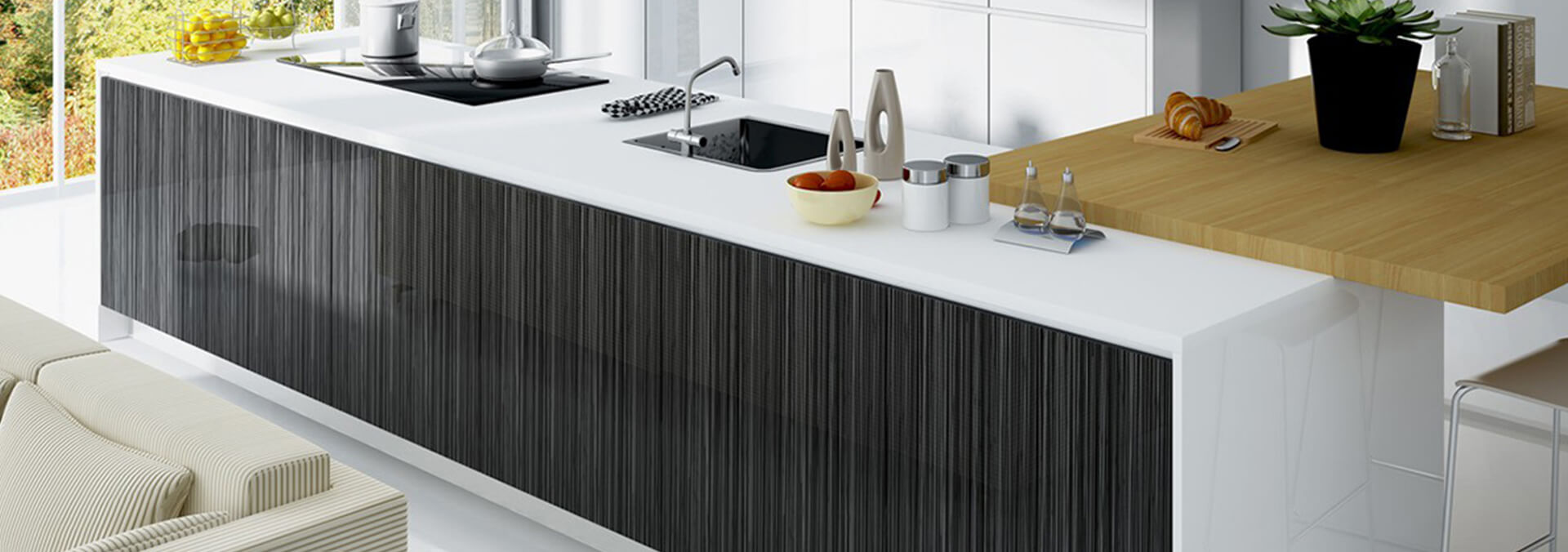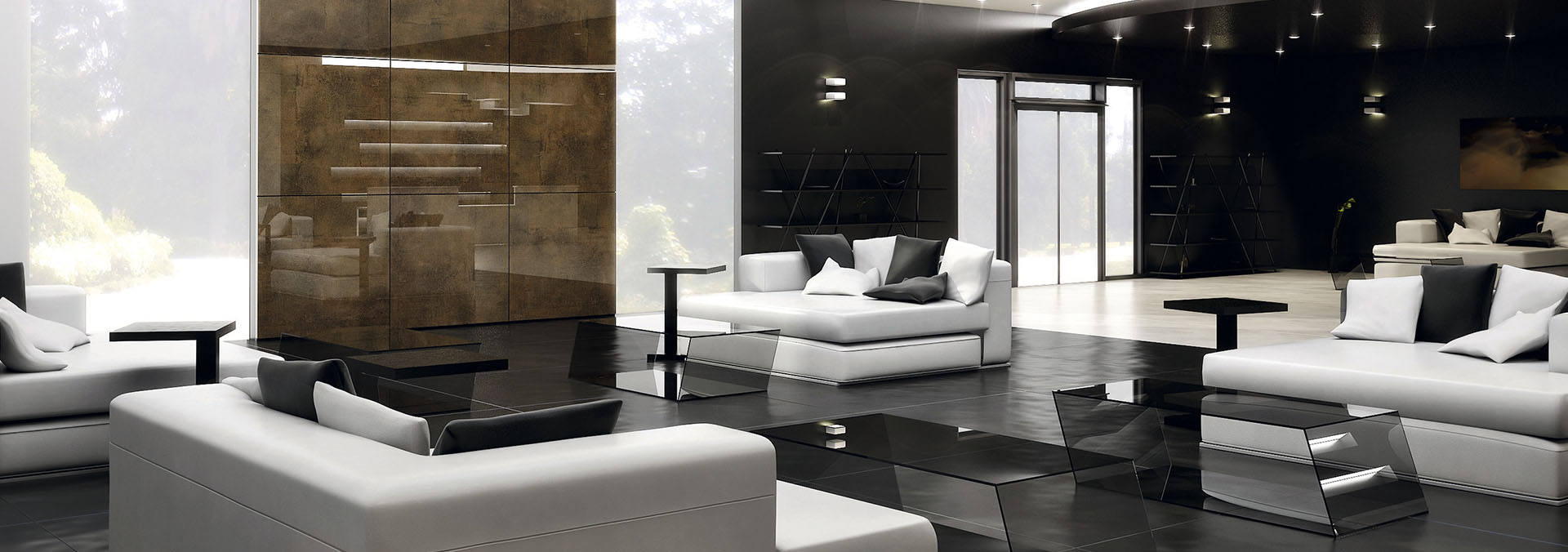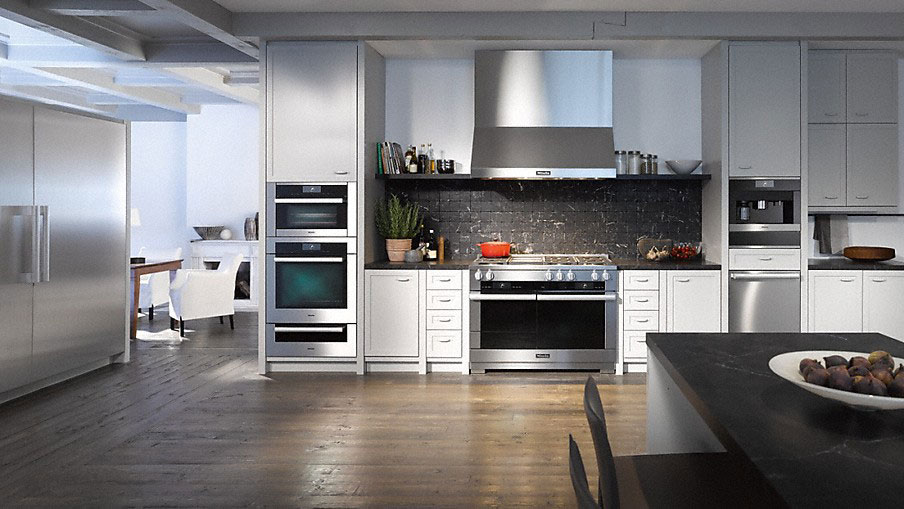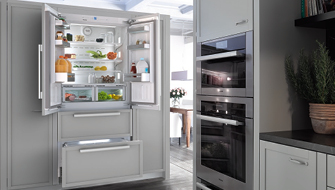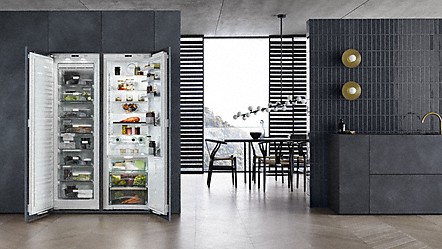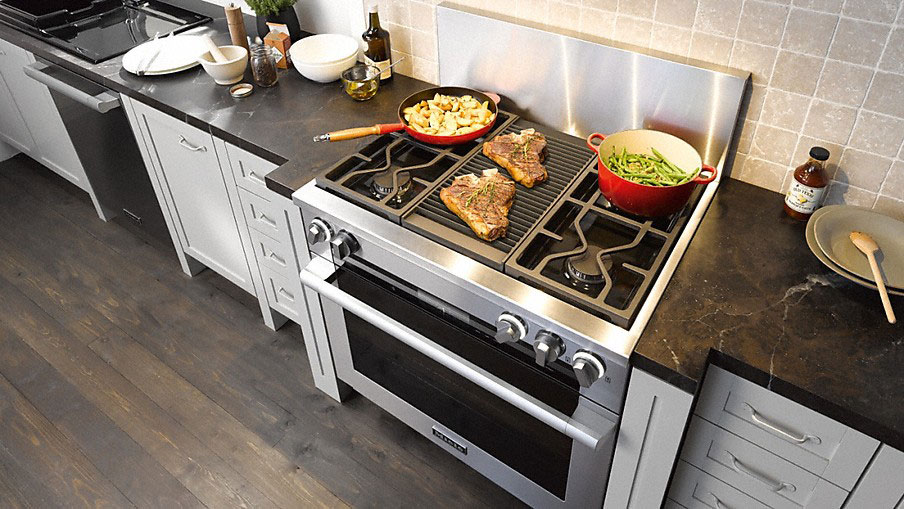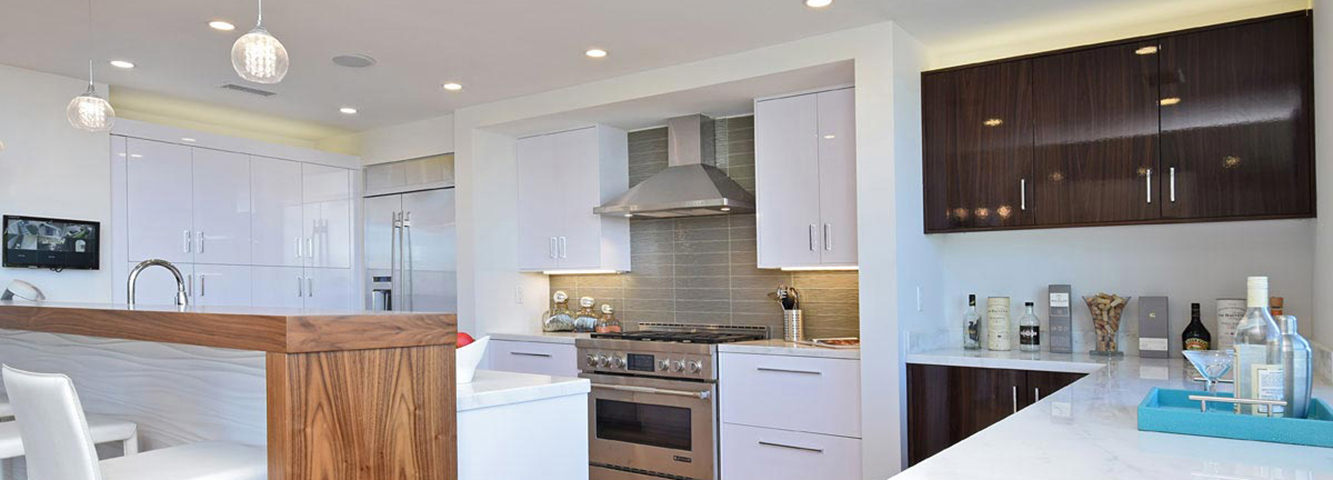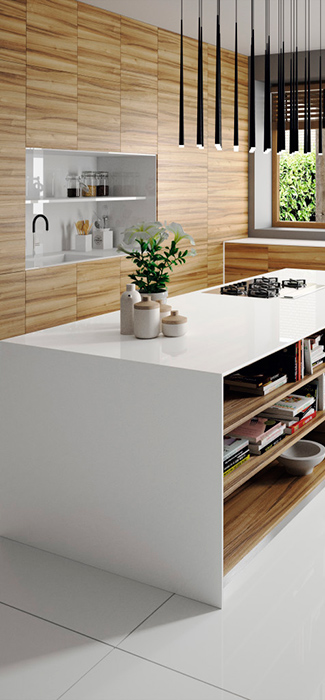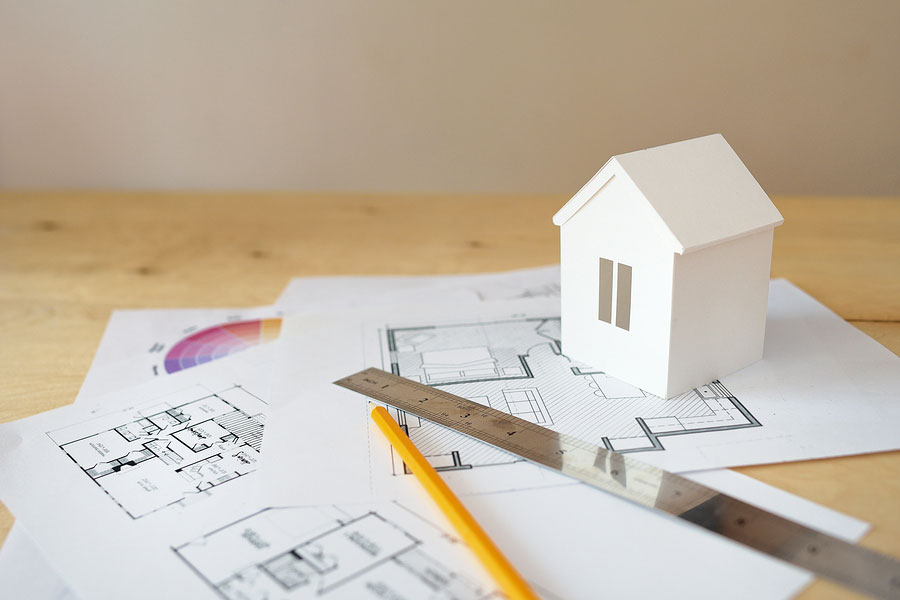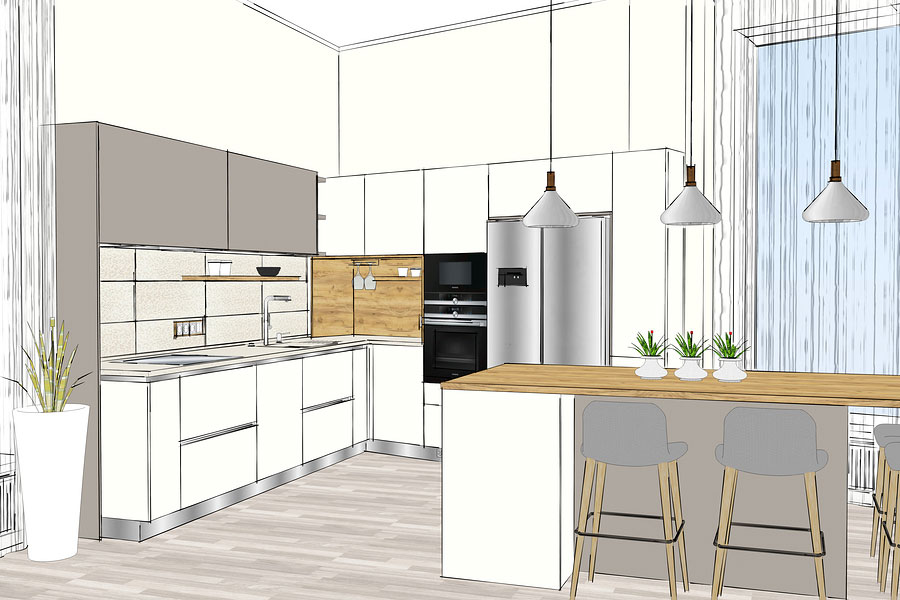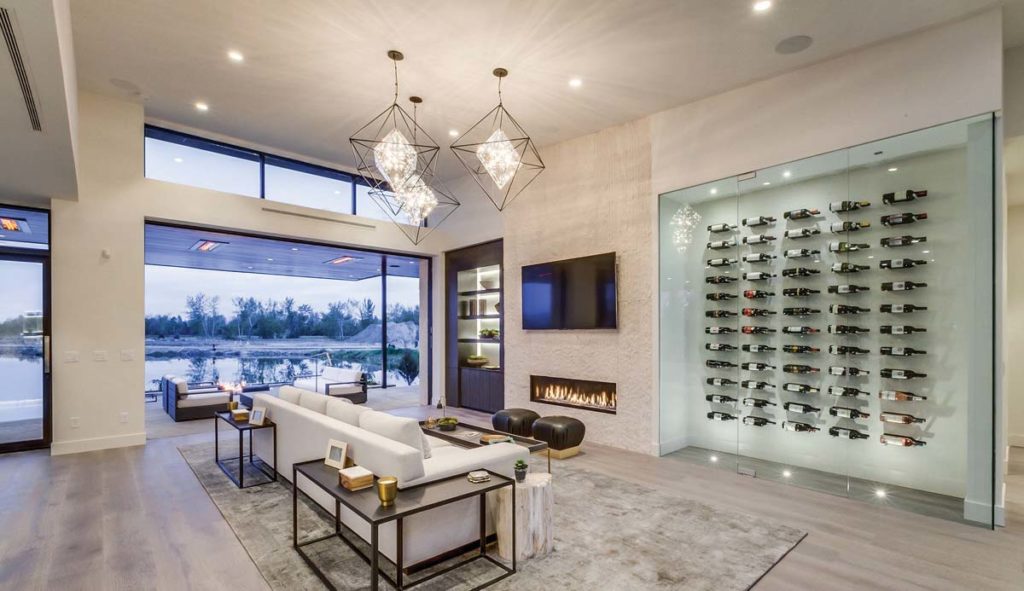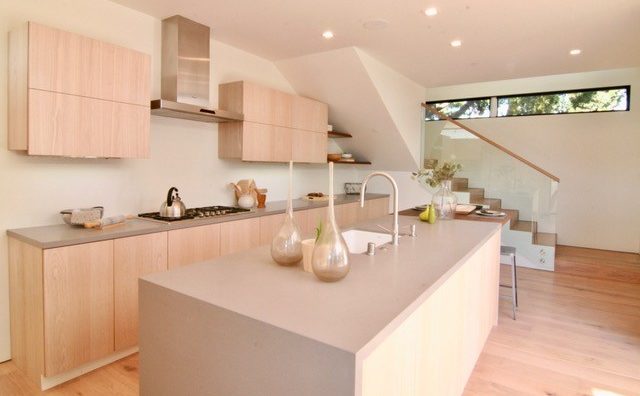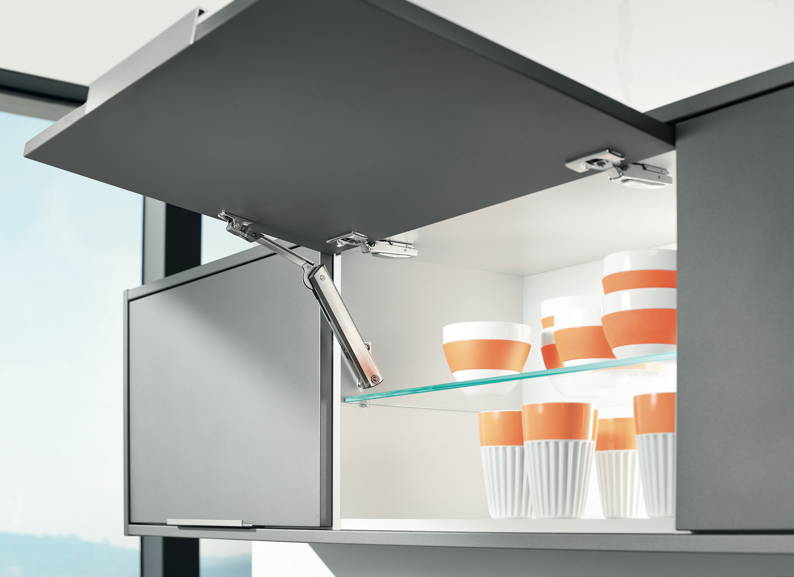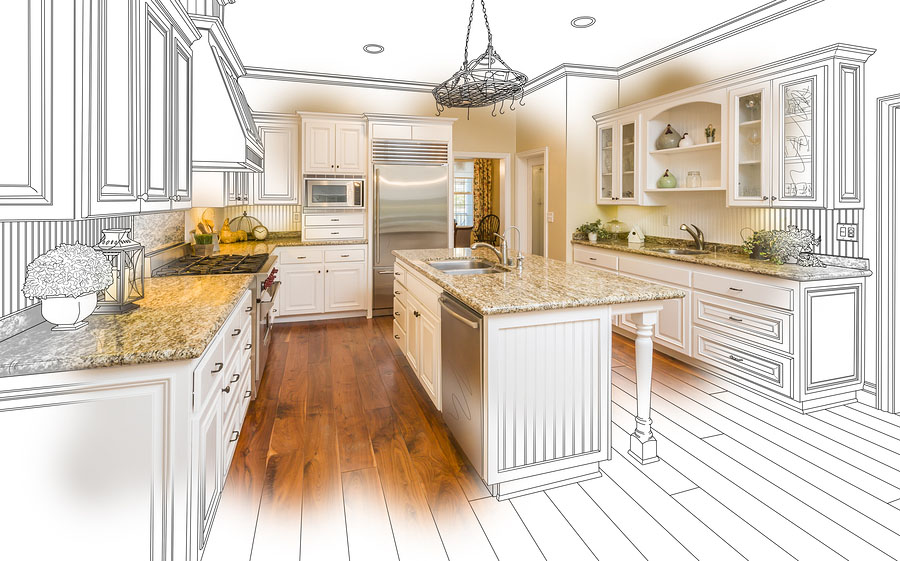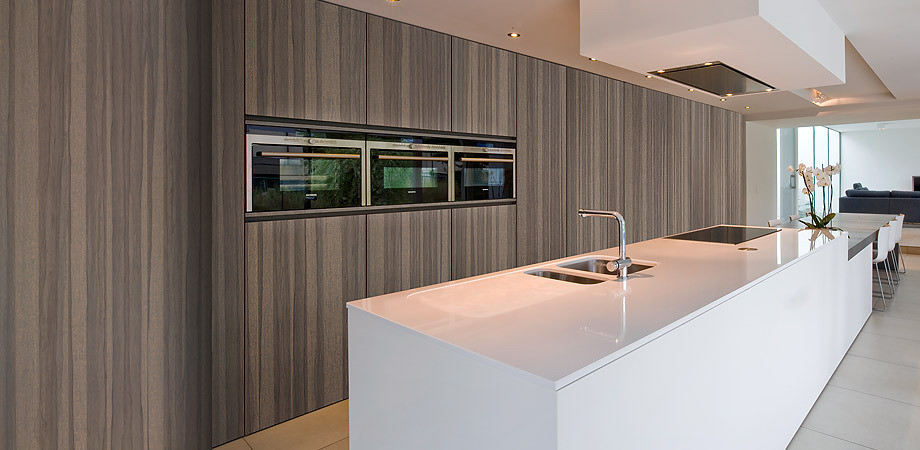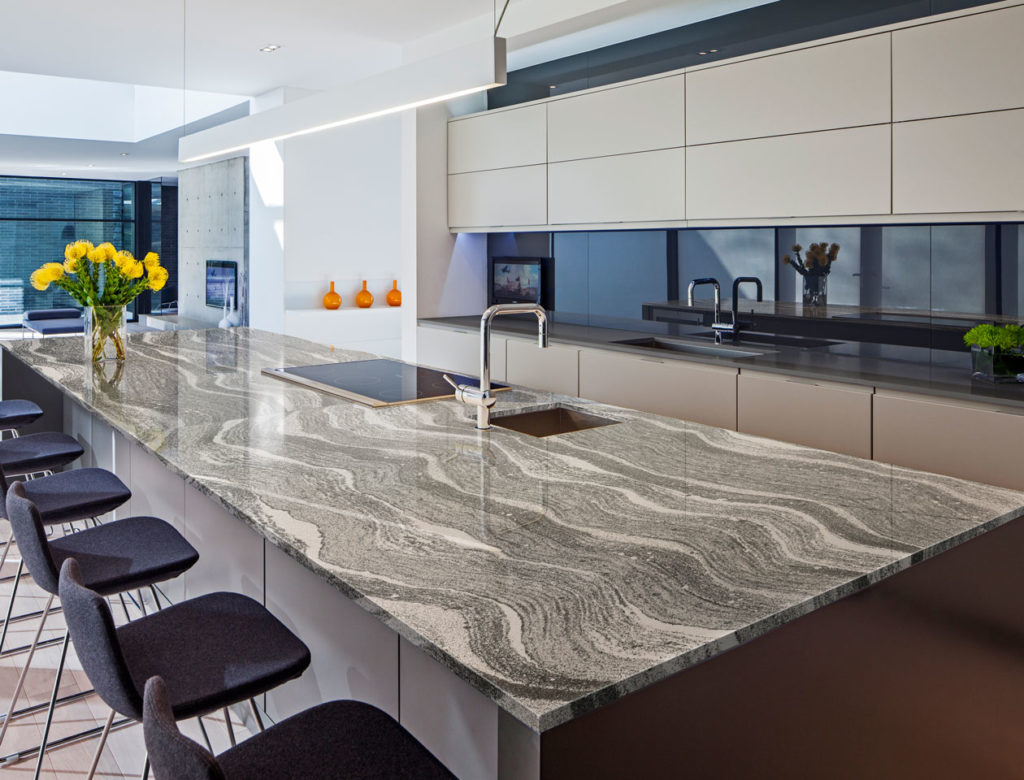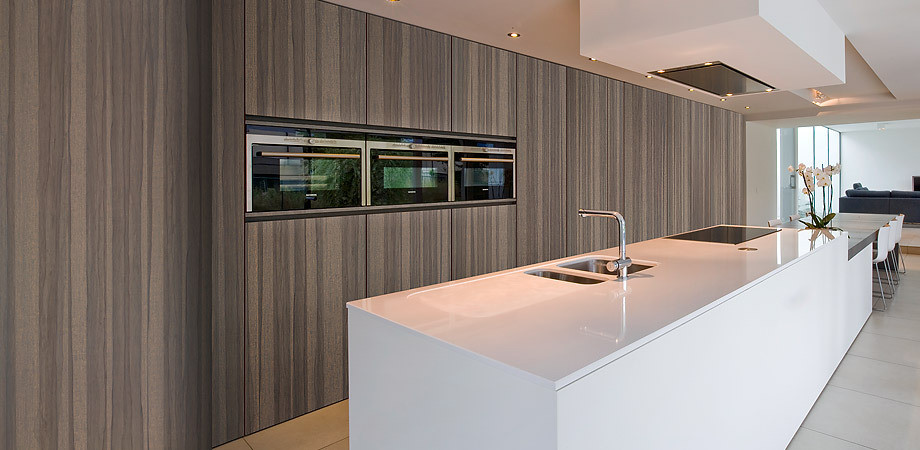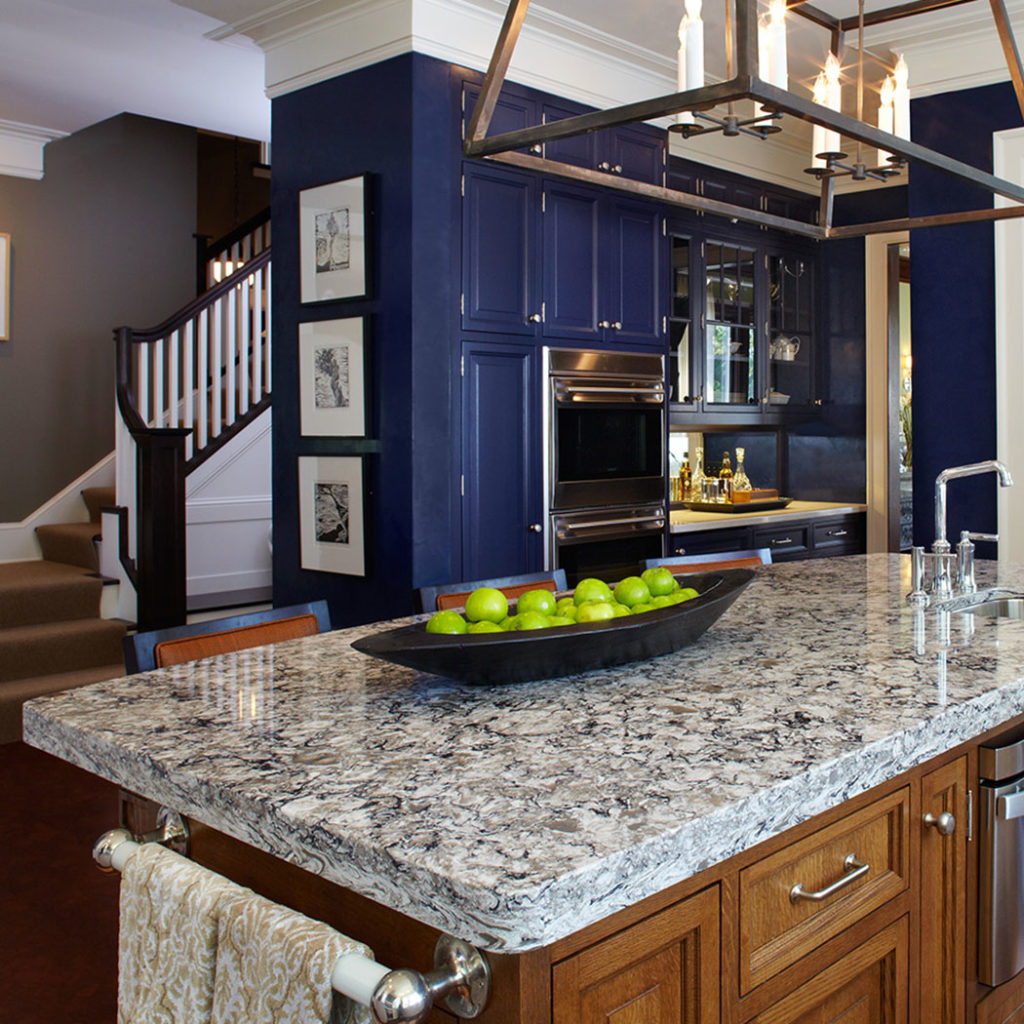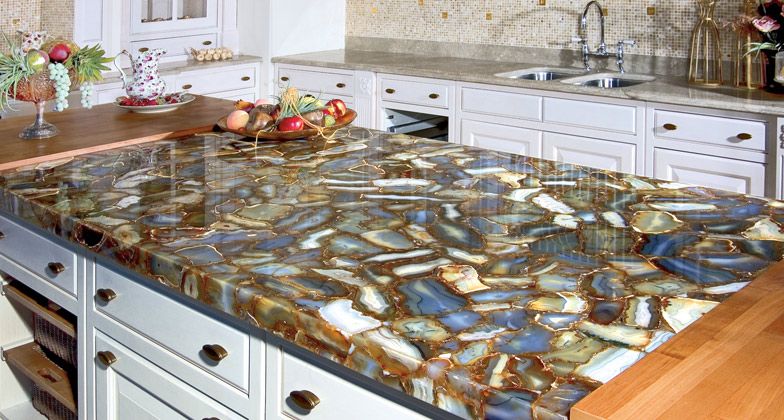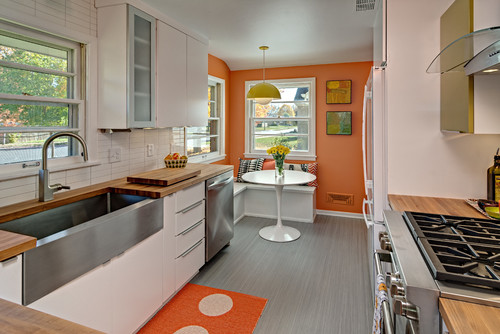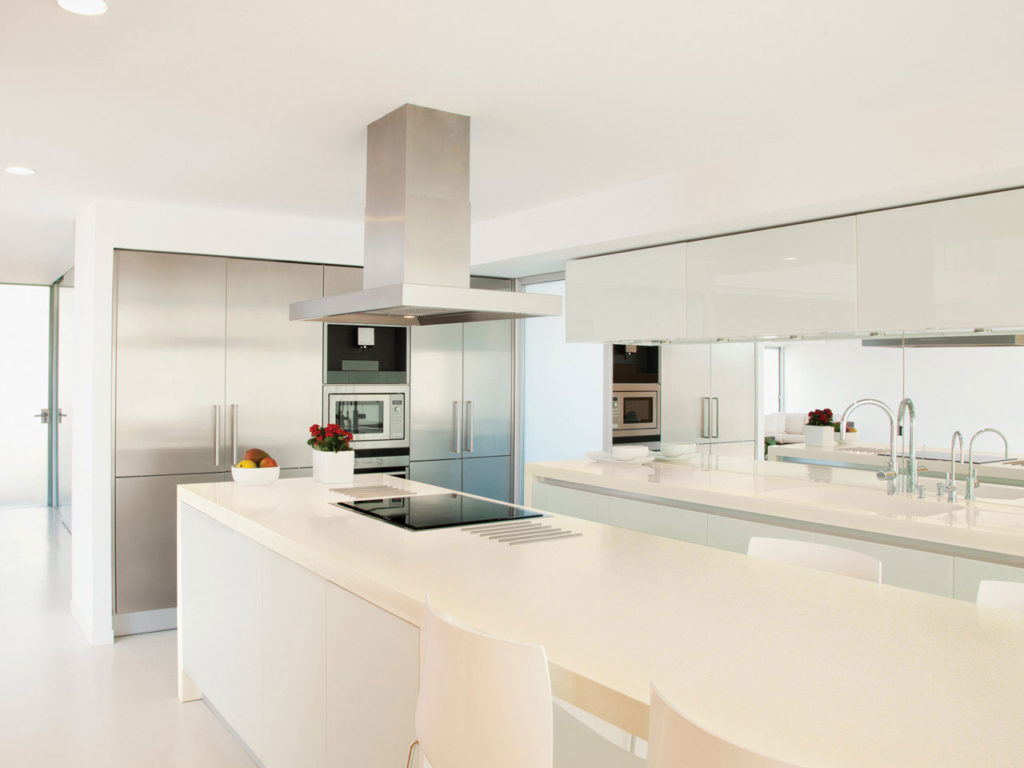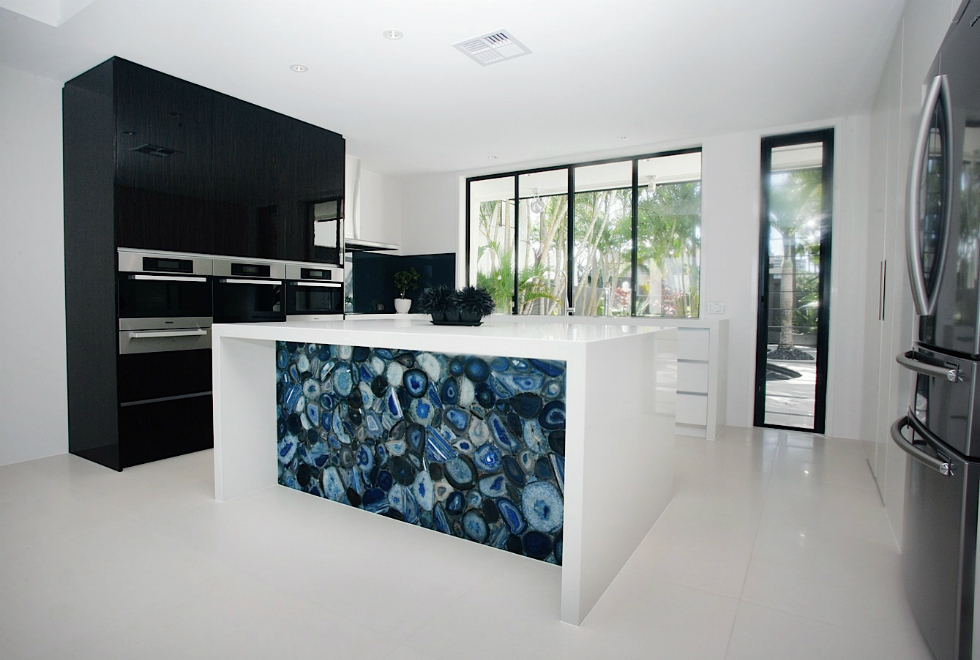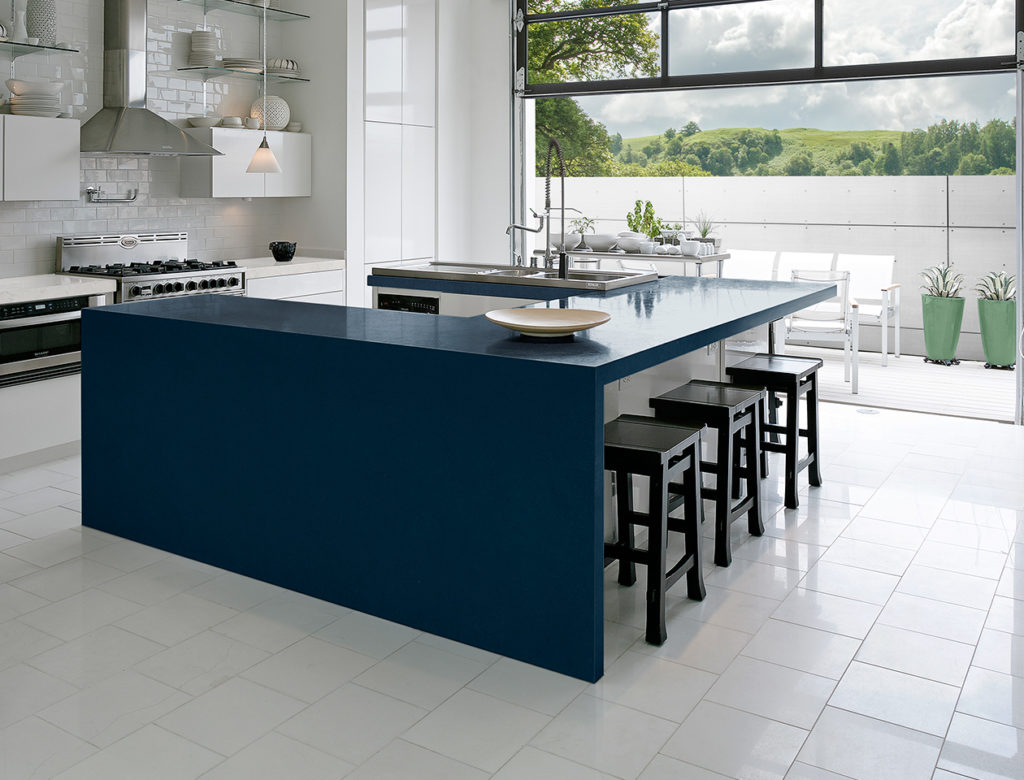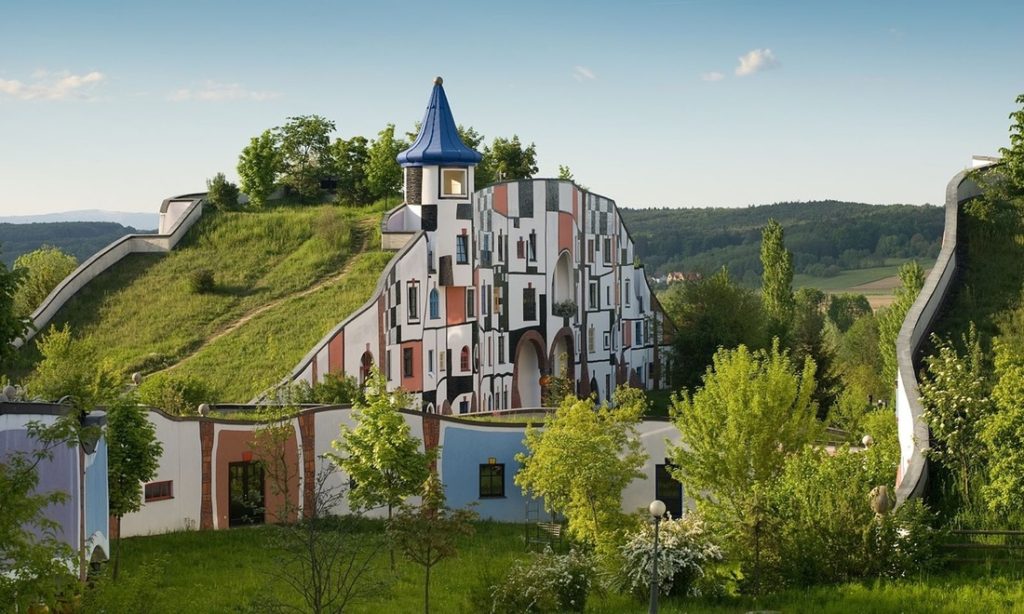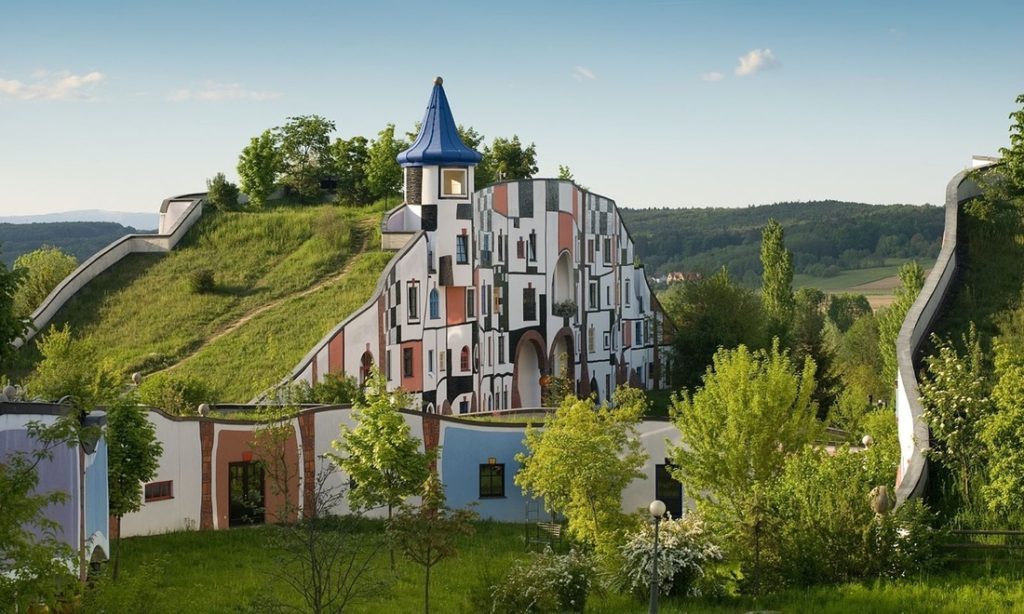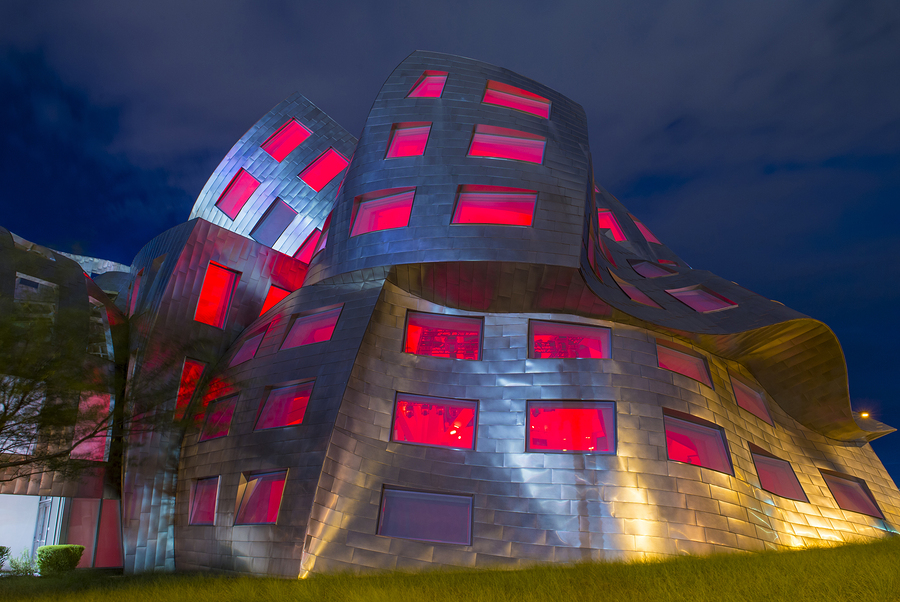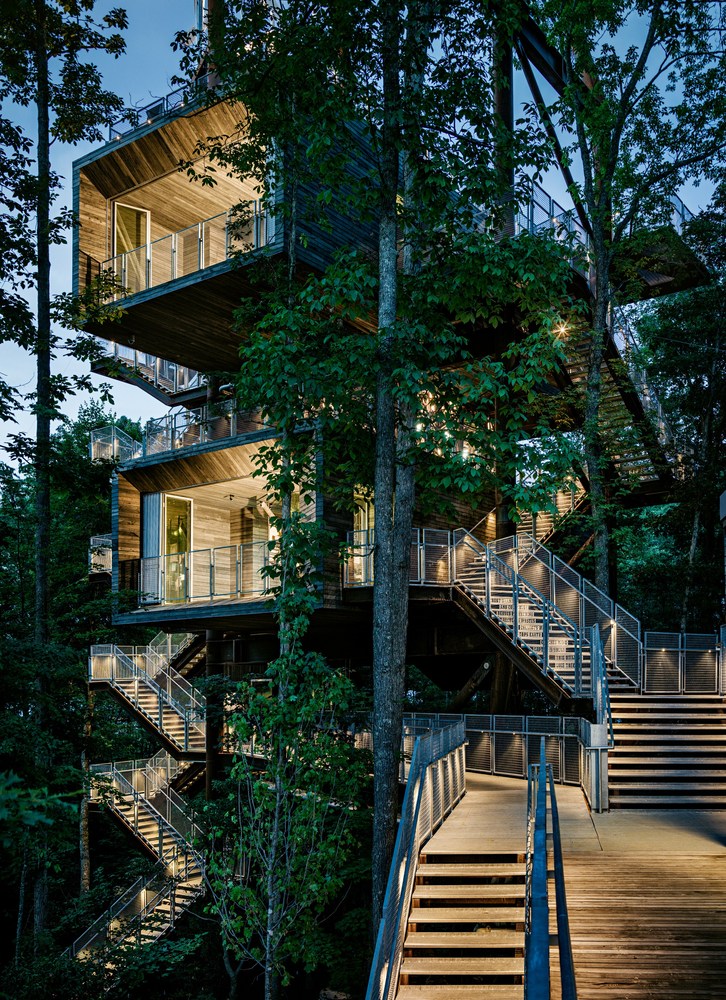Matte kitchen cabinets have become a staple in contemporary design. Why is it that they have become so popular?
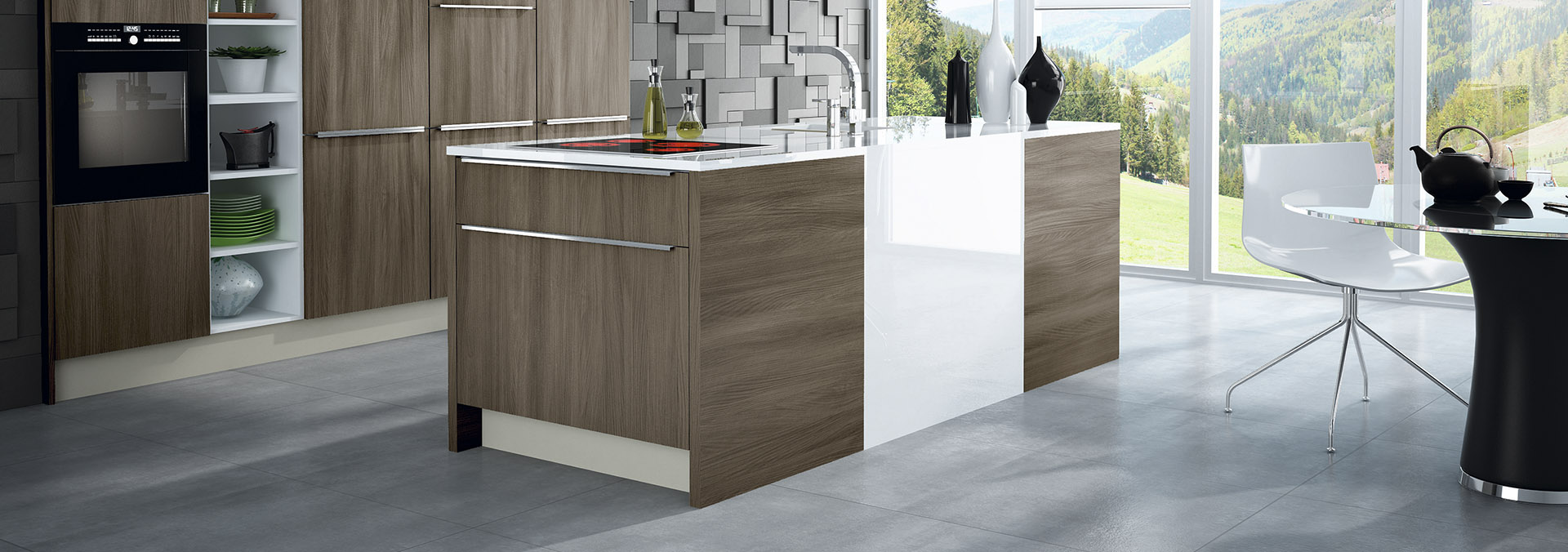
It comes down to look and feel.
A surface with a matte finish absorbs light, as opposed to reflecting light; which is what high gloss finishes do. Light absorption results in a more muted look. Since they don’t reflect light, they won’t help to make your space feel any larger, if that’s what you are trying to achieve. This was discussed in our previous blog post about the advantages of high gloss finishes.
The real advantages of matte kitchen cabinets are the look and feel. Most people find them quite ascetically pleasing and they’re very soft to the touch. When choosing this type of cabinet door you’re not necessarily making the decision because it has a lot of practical advantages. You’re doing it because they’re beautiful, and you consider your kitchen to be a work of art. If you have a large, open space to work with where you don’t need to create an illusion of more space then matte cabinets can be breathtaking. Moreover, the experience of opening and closing them is considered by many to more pleasant.
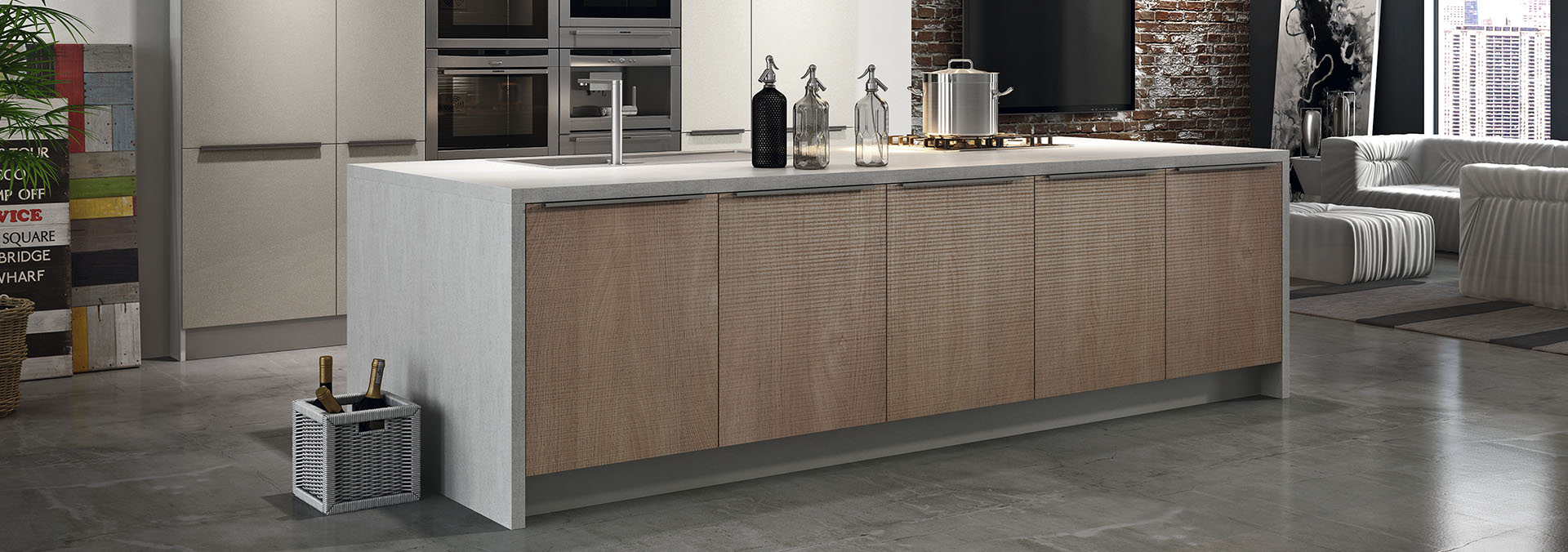
Why choose matte kitchen cabinets from Studio Haus?
Our matte cabinets are a high-tech product that has our seal of quality and exclusivity, the development has invested more than a year of research and development. We carry a revolutionary new finish, with a pleasantly soft texture, supermatte finish, and high resistance.
This new surface is characterized by increased resistance to scratching, abrasion, wet and dry heat, and superb performance and resistance to common cleaning products, compared with similar products on the market.
You can browse our selection by clicking on these two links: Textured | Flat

